A Short Intro: Tropical Grasslands (and why you should give a damn)
Dear Steemit friends, on this write-up, I continue introducing the natural ecosystems and some of their important processes. Hopefully by reading this, you could appreciate the diversity of Life in our planet. And why should we continue to preserve it. This post is about Grasslands (weeds! :>).

The grassland at the foot of Mt. Makiling (photo taken by me! :D).
"Grassland" is a generic term for many ecosystems that are pre-dominated by graminaceous or other grass-like vegetation. By this definition, many ecosystems can be considered as grasslands; from the prairies of North America and steppes of Asia to the savannas of Africa, rangelands of Australia, and llanos and cerrados of South America. And by larger definition, most wetlands pre-dominated by grasses and sedges, as well as some montane ecosystems, could also be considered as a type of grassland. The common features of grasslands are: 1) their vegetative cover is highly dependent on precipitation seasonality and humidity; 2) they are situated in soils which normally unable to support high density of trees; and 3) they are highly influenced by fire and grazing pressures (Osborne, 2012).
Making most of the available water
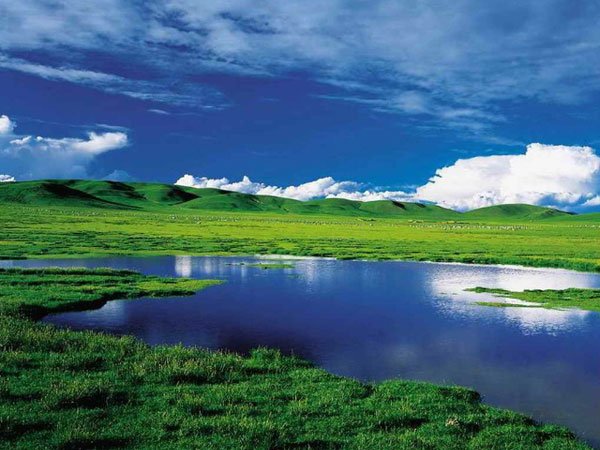
Image source: https://www.topchinatravel.com/china-guide/the-most-beautiful-grassland-in-china.htm.
Almost 20% of the terrestrial net annual productivity come from grasslands of the world, of this, around 13.5% originate from grassland of the tropics. Grasslands, not including wetlands, cover around 15million km2, or roughly 30% of the land surface in the tropics. Net productivity in tropical grasslands is primarily driven by precipitation (~rain) (Whittaker, 1975). The seasonality of precipitation where grasslands are usually situated is reflected by the life strategies of the grasses thriving within it. As such, the available food source for grazers is dependent on rainfall occurrence. Thus, grazers, especially large animals and migratory insects, continually move around in search of food source (Osborne, 2012).
Life of grasses
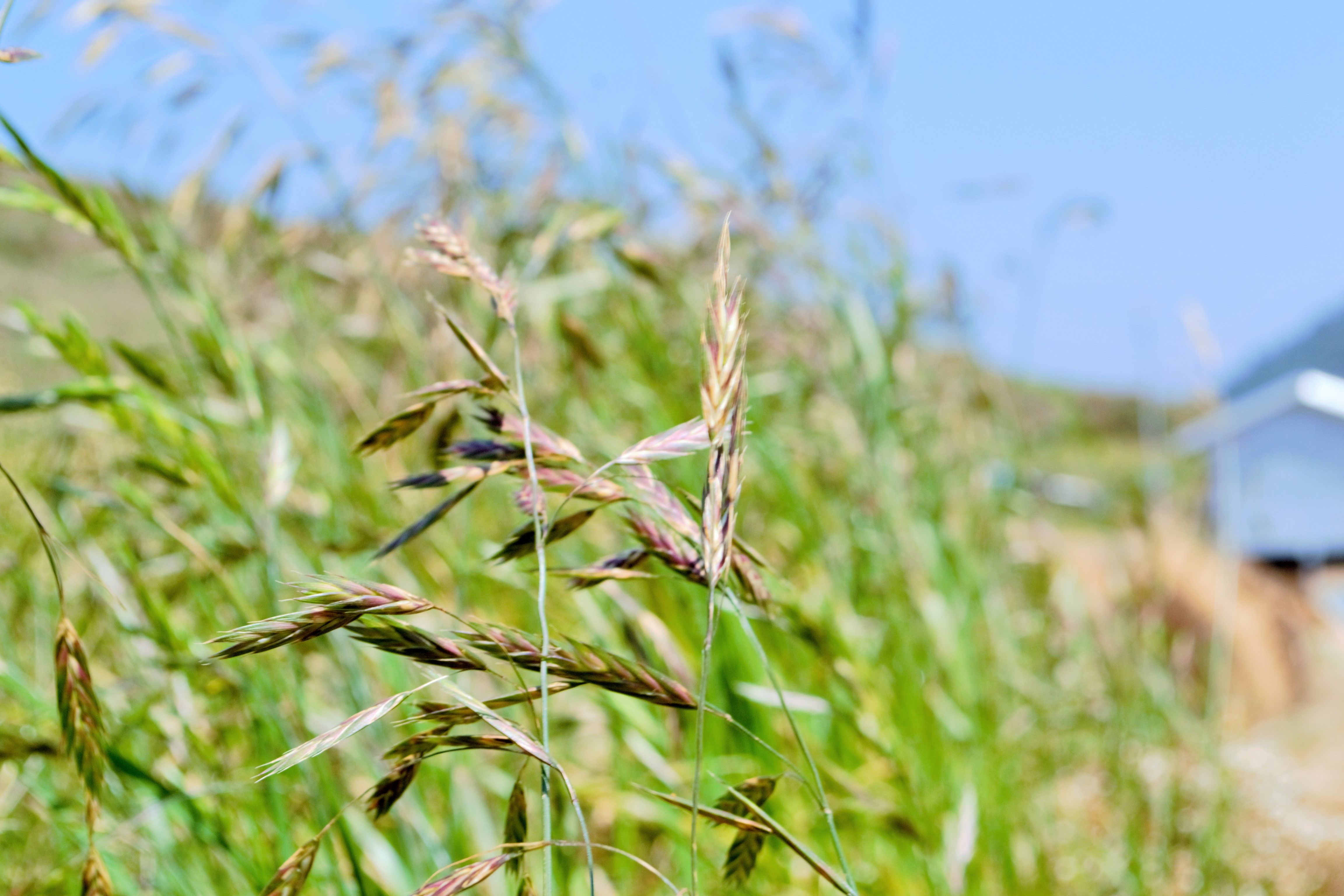
A grass' tassels in Kabayan, Benguet (photo taken by me! :D).
Grasses and grass-like herbaceous plants can be categorized according to their life strategy, there are 3 types of such: the annual life cycle, biennial life cycle and perennial life cycle. Most grasses in drier areas tend to be annuals; they have astounding growth, and complete their life cycle towards the end of the wet season. They produce their seeds just in time for the arrival of the dry season. On the other hand, biennials maximize their growth when rainfall occurs, ride out the oncoming dry season, and then dedicate all their energy for seed production on the onset of the second wet season. While perennials continue their growth and reproduction all throughout the year. They employ vegetative reproduction through either their stolon and/or rhizomes (depending on species). More perennials and biennials are found in grasslands with more predictable rainfall seasonality (Osborne, 2012).
Grazers as facilitators of nutrient cycling
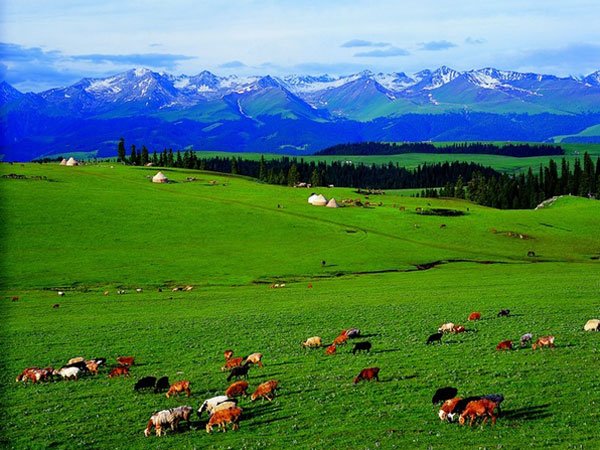
Image source: https://www.topchinatravel.com/china-guide/the-most-beautiful-grassland-in-china.htm.
Grazers relying on grasses for their sustenance consume a large portion of grass biomass, more than 90% above ground biomass could be consumed by grazers, especially by large mammalian herbivores in a given area. But in general, herbivores only consume a small part of grassland biomass (McNaughton, 1985). Most people only view grazers as consumers (~eaters) and nothing more. But herbivores contribute a lot in the nutrient cycle by digesting plant and other organic materials they take up during their feeding. The digested organic matter and other essential elements would eventually be mixed in the soil through deposition. And by roaming around in their search of feed, these essential components of soil nutrients would be distributed in the grassland area as a whole. This process is important since deposition of such essential nutrients through soil erosion and surface run off erosion (~water erosion) tends to be limited due to the restrictive effect of vegetative cover. In time, frequently grazed areas would be preferable sites for grazers. And such areas would have grasses with increased nutritional value (Day and Detling, 1990).
Diversity through fire
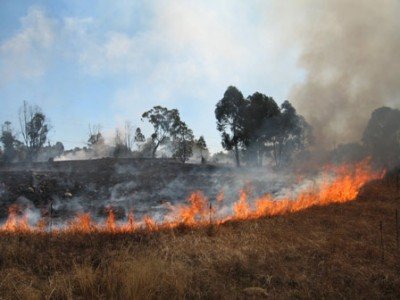
Image source: http://esa.act.gov.au/community-information/bushfires/what-is-a-bushfire/grassfire/.
Due to the long dry periods of grasslands, especially in the savannas, fire occurrence is frequent in grasslands. Reduced precipitation during the dry season causes decreased organic matter decomposition, which in turn limits the nutrient availability in the soil. Conversely, the relative thin vegetative cover of grasslands makes water evaporation to occur at high rates, which then results to soil moisture deficit which further increases this drying effect. Undecomposed plant materials tend to lie around above soil surface, and eventually serve as fuel for sporadic fire. Fires can be started due to lightning strikes during thunderstorms, or by humans, whether accidental or deliberate. Fire occurrence favors heterogeneity primarily because it favors grasses that have developed strategies to cope with it or the ones with high-recovery capacity. Fire occurrence changes the population density of different species and paves way for further heterogeneity (~diversity) (Osborne, 2012).
Constant threat
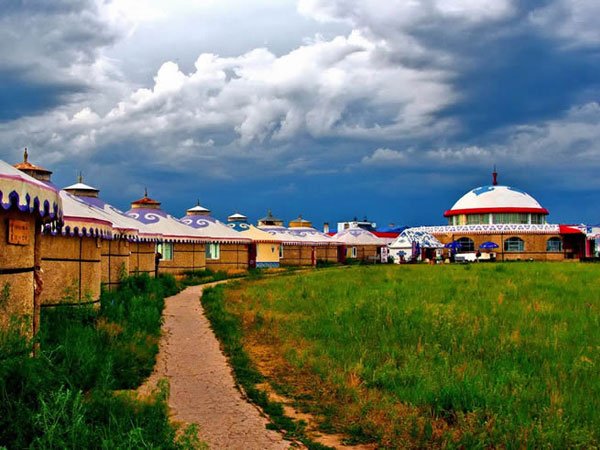
Image source: https://www.topchinatravel.com/china-guide/the-most-beautiful-grassland-in-china.htm.
Grasslands, like most ecosystems of the world, are under constant threat from both natural and anthropogenic pressures. Natural ecological succession aside, in light of the positive effects of herbivory and fire occurrence in grasslands as discussed, too much herbivore activities and fire occurrence, or the combination of both, can in fact cause long-lasting detrimental effects in a grassland ecosystem’s equilibrium (Money, 1980). Human activities mostly affect grassland through land use and land conversion. Due to their vast expanse as well as ideal conditions to support grasses and forage plant species, large areas of grasslands are modified or even outright converted to facilitate crop production, livestock raising, and zoning for residential areas and industrial areas (Osborne, 2012; Botkin and Keller, 2011). It is easier to clear grasses than trees after all.
References:
Botkin, D.B. and Keller, E.A. (2011). Environmental science: Earth as a living planet. 8th edn. Hoboken, NJ: John Wiley & Sons, Inc.
Day T.A. and Detling, J.K. (1990). Grassland patch dynamics and herbivore grazing preference following urine deposition. Ecology 71: 180-188.
McNaughton, S.J. (1985). Ecology of a grazing system: the Serengeti. Ecological Monographs 53: 291-320.
Money, D.C. (1980). Tropical savannas. London: Evans Brothers.
Osborne, P.L. (2012). Tropical ecosystems and ecological concepts. 2nd edn. New York: Cambridge University Press.
Whittaker, R.H. (1975). Communities and ecosystems. 2nd edn. London: Macmillan.
Learn more about other ecosystems:


How LOVELY it is to see the greatness of HIS creation!
Looking forward to more of this.
upvoted. followed and resteemed
@dante
Thank you! That's why we should do our part as good stewards.😇
well written, this one~ pass it on as an academic paper? XD
It won't pass. Maybe it would as a very basic synthesis paper. 😇
Resteemed to over 5000 followers and 100% upvoted. Thank you for using my service!
Send 0.100 Steem or 0.100 Steem Dollar and the URL in the memo to use the bot.
Read here how the bot from Berlin works.
@resteem.bot
Thanks! :>
@eileenbeach has voted on behalf of @minnowpond. If you would like to recieve upvotes from minnowpond on all your posts, simply FOLLOW @minnowpond. To be Resteemed to 4k+ followers and upvoted heavier send 0.25SBD to @minnowpond with your posts url as the memo
@originalworks
The @OriginalWorks bot has determined this post by @dean101 to be original material and upvoted it!
To call @OriginalWorks, simply reply to any post with @originalworks or !originalworks in your message!
To enter this post into the daily RESTEEM contest, upvote this comment! The user with the most upvotes on their @OriginalWorks comment will win!
For more information, Click Here! || Click here to participate in the @OriginalWorks sponsored writing contest(125 SBD in prizes)!
Special thanks to @reggaemuffin for being a supporter! Vote him as a witness to help make Steemit a better place!
@cryptohustlin has voted on behalf of @minnowpond. If you would like to recieve upvotes from minnowpond on all your posts, simply FOLLOW @minnowpond. To be Resteemed to 4k+ followers and upvoted heavier send 0.25SBD to @minnowpond with your posts url as the memo
This post recieved an upvote from minnowpond. If you would like to recieve upvotes from minnowponds team on all your posts, simply FOLLOW @minnowpond.
Congratulations! This post has been upvoted from the communal account, @minnowsupport, by dean101 from the Minnow Support Project. It's a witness project run by aggroed, ausbitbank, teamsteem, theprophet0, someguy123, neoxian, followbtcnews/crimsonclad, and netuoso. The goal is to help Steemit grow by supporting Minnows and creating a social network. Please find us in the Peace, Abundance, and Liberty Network (PALnet) Discord Channel. It's a completely public and open space to all members of the Steemit community who voluntarily choose to be there.
Informative post about grassland with some wonderful pictures in it. Nice to know about our ecosystem.
Glad you liked it @hafiz34. Thanks for dropping by!😀
This post has received a 1.00 % upvote from @buildawhale thanks to: @dean101. Send at least 0.50 SBD to @buildawhale with a post link in the memo field for a portion of the next vote.
To support our curation initiative, please vote on my owner, @themarkymark, as a Steem Witness